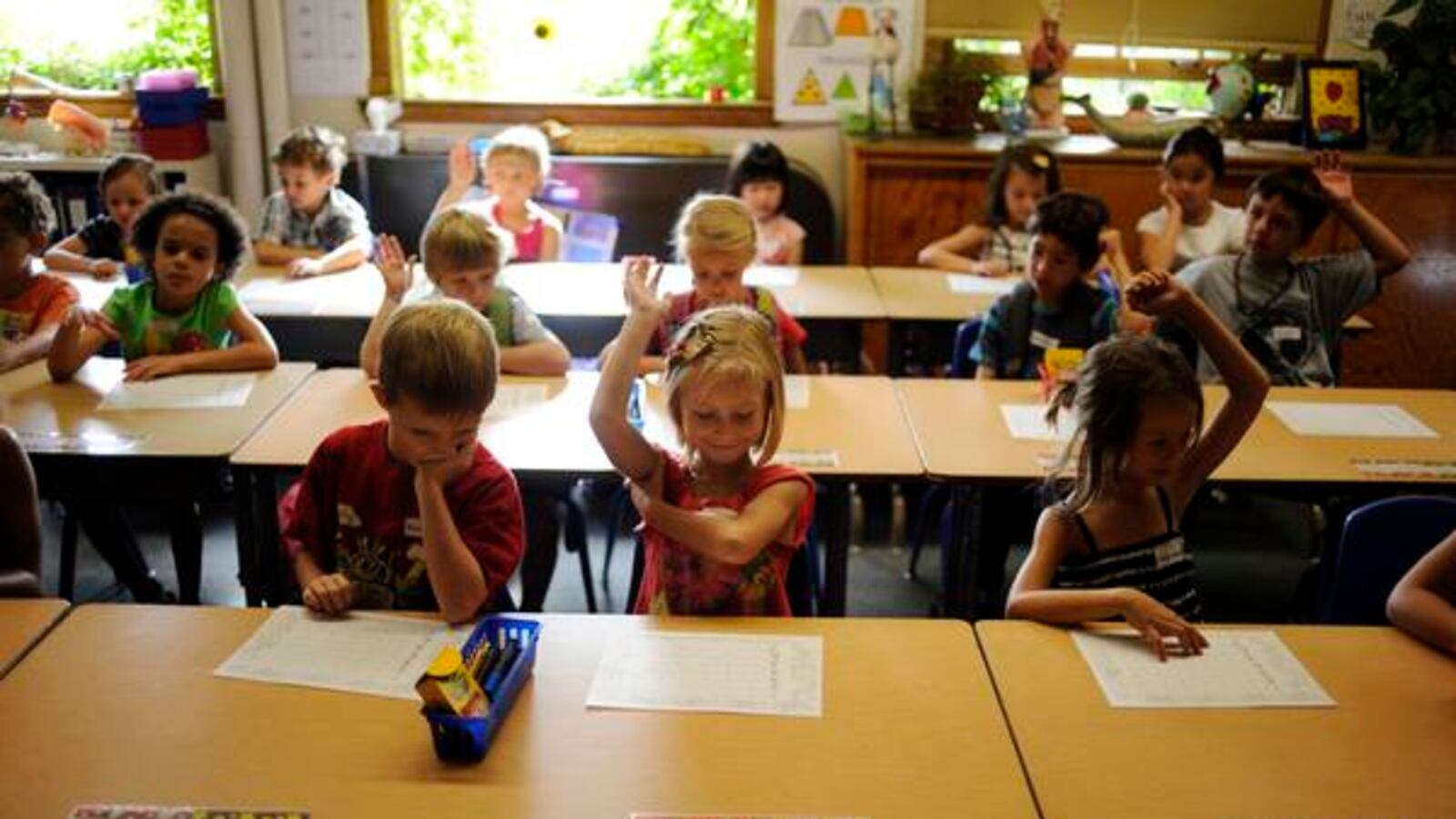In my four years of teaching, there has always been at least one student in my classroom dealing with the deportation of a parent or a family member.
Likewise, I have consistently taught students who struggle with homelessness. My students have told me they slept in their car the night before, they had moved into an aunt’s garage, or they were staying with another family until they could find a place of their own.
For more than 2 million American students, their living situation is dictated by another powerful force: the U.S. military. If a parent or caregiver is on active duty, typically there is a move every two to three years.
Whether a student is connected to the military or not, the students in our classrooms who change schools often need additional attention. These moves have a sizable impact on their learning. A 1996 study that analyzed students in Chicago Public Schools published by David Kerbow found that students who were highly mobile could be as much as four months behind their schoolmates by fourth grade. By sixth grade, these highly mobile students could be as much as a full year behind academically.
However, it is possible to limit the impact of changing schools. A different assessment of research published in 2008 shows that having social support from family and peers makes a big difference. More specific studies that examined the impact of the transition to middle school or high school indicate that support from peers and teachers positively influences the academic and social adjustment of adolescent students to a new environment.
In other words, we teachers can make a huge difference in the lives of students who are mobile. We can support our students with strategies that help them to feel welcomed and cared about.
A few months into my first year of teaching, our school secretary stopped me on the way into school. She told me a new student, Mirrana, would join our class that day. She also told me this new student used a wheelchair.
This was the first time I had ever been assigned a new student. I frantically ran up to my room to arrange the tables in my classroom so Mirrana could access our room. I had to track down our custodian to see if he could raise a table so her wheelchair could fit underneath it. All of a sudden, the bell rang. Nothing was ready and I was flustered.
Looking back, I think of how Mirrana must have felt as she entered my classroom. I was concerned about the logistics of adding a new student, but she was concerned about feeling welcome. As the year went on, I was able to build a meaningful relationship with her, but I’m sure the transition could have gone more smoothly.
Ever since then, I have made it a point to have the essentials ready for a new student in a welcome package.
It does not take much extra time or effort because I do this as I am setting up my classroom at the beginning of the year. As I prepare for the first day of school, I set aside extra materials for potential new students.
I fill five cardboard magazine boxes; each contains a homework folder, writing notebook, and name plate for the desk. I also include copies of welcome letters from back-to-school nights and important handouts. For older students, a teacher might include a class syllabus, a binder, and contact information. As a school, we are also able to give each student who enters in the middle of the year a pencil bag with basic school supplies such as pencils, markers, and glue sticks donated from Yoobi, a philanthropy-focused school supply company. It is a very practical and tangible way to make new students feel welcome and cared about.
This idea could even be expanded to include the whole family. Welcome Kits can be adapted to meet the needs of local communities. Imagine giving a new family a backpack full of books or a packet of coupons to local restaurants. One school might include winter hats and gloves. Another might include coins for a local Laundromat, or subway cards. Having the school community give thought to the needs of students who will inevitably enter their school in the middle of the year helps create a welcoming culture.
Welcome Kits have helped me do just that. Since I have already put thought into how I am going to welcome a new student, even when I am given no warning, these pre-made Welcome Kits make students feel they already have a place in our community. I feel prepared to welcome a student at any time.
As teachers, we can’t always control when and why a student transitions to or from our school, but we can focus on what we do control: how we handle each situation. By having strategies ready, we can make students feel welcome and included when they arrive as well as valued and missed if they must leave.
Adapted excerpt from “I Wish My Teacher Knew: How One Question Can Change Everything for Our Kids” by Kyle Schwartz. Copyright © 2016. Available from Da Capo Press, an imprint of Perseus Books, LLC, a subsidiary of Hachette Book Group, Inc.
About our First Person series:
First Person is where Chalkbeat features personal essays by educators, students, parents, and others trying to improve public education. Read our submission guidelines here.


